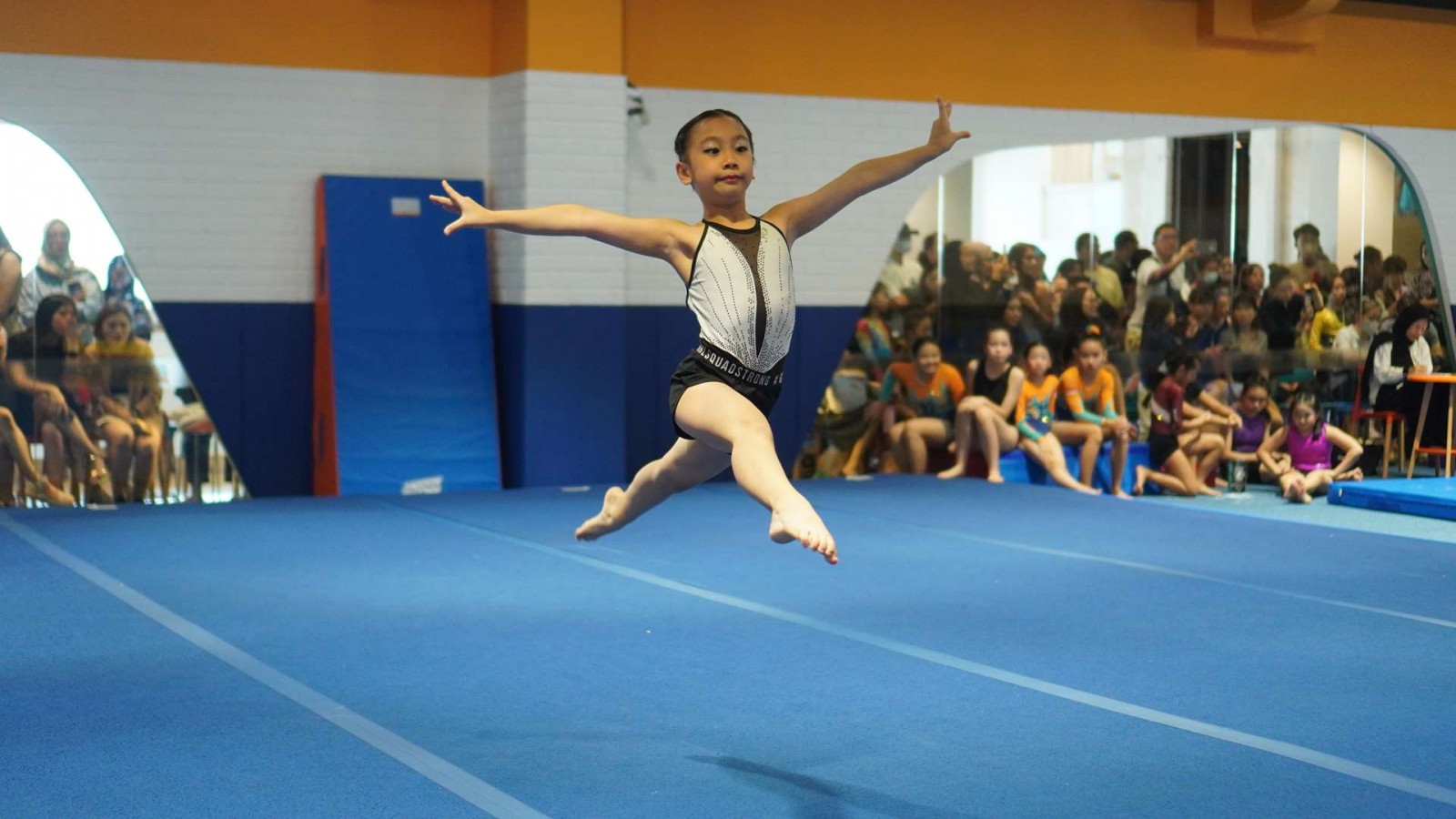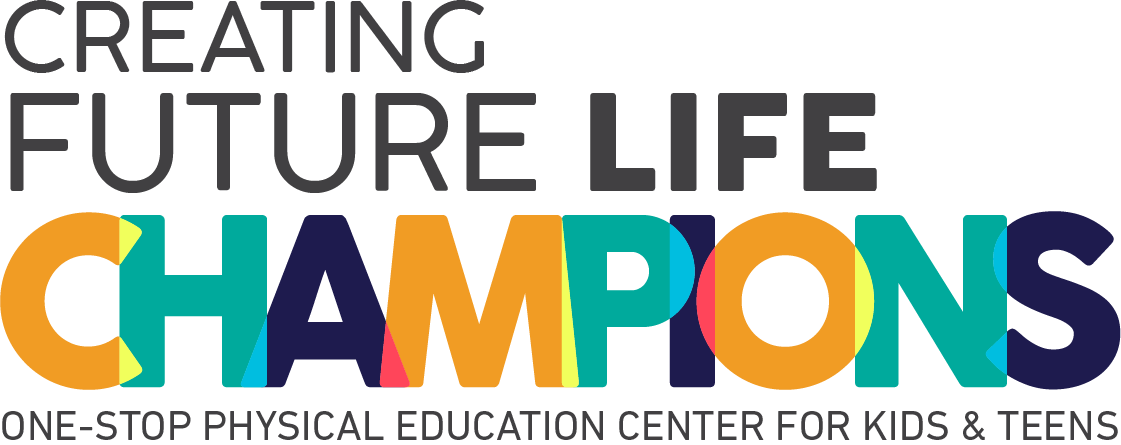USAGym Competitive Routine Levels 1-5: Skills Need to Learn

USAGym gymnastics floor routine is a fundamental aspect of artistic gymnastics, blending athleticism, grace, and precision into captivating performances. Each level, from 1 to 5, introduces progressively challenging skills, preparing gymnasts for more advanced routines in higher levels.
For those just starting out, understanding the key skills required at each level is crucial to building a strong foundation. Let's dive into what each level entails, focusing on the skills needed for success.
USAGym Floor Routine Level 1-5
USAGym sets the rules, guidelines, and skill requirements for gymnastics competitions in the U.S., including the floor levels 1-5.Each level represents a different skill set, such as:
Level 1: Building Foundations
Gymnasts typically begin Level 1 around ages 4-5, and this stage is all about introducing the fundamentals of gymnastics. The routines are designed to be fun and non-competitive, helping young gymnasts develop body awareness and confidence.
At Level 1, gymnasts focus on smooth transitions between these basic skills, helping them build a strong foundation for future routines. Key floor skills for this level include:
- Forward Roll: One of the most basic tumbling moves, the forward roll helps gymnasts develop spatial awareness and coordination.
- Backward Roll: The backward roll enhances upper body strength and control, preparing gymnasts for more advanced skills.
- Cartwheel: This lateral motion promotes balance and movement coordination.
- Candlestick: The candlestick position builds core strength and body alignment.
- Stretch Jump: This simple jump focuses on form, balance, and air control.
- Forward Passe Balance: A skill that promotes balance and leg strength.
- ¾ Handstand: This skill emphasizes body control and arm strength as gymnasts hold a partial handstand.
Level 2: Expanding the Basics
By Level 2, gymnasts are typically between 5-7 years old, and they build upon the skills introduced in Level 1. At this level, the floor routine begins incorporating more complex elements, and gymnasts start competing.
Level 2 routines also start introducing elements of artistry, with gymnasts learning to perform with fluidity and grace. Key floor skills for this level include:
- Cartwheel Step-In: This cartwheel variation emphasizes balance and coordination.
- Handstand (1-second hold): Holding a handstand builds upper body strength and balance.
- Backward Roll to Push-Up Position: This skill requires strong core and arm muscles for a smooth transition.
- Bridge Kick-Over: Flexibility and shoulder strength are key for this move, as gymnasts kick over from a bridge position.
- Split Leap (60° leg separation): Gymnasts work on their flexibility by achieving a 60-degree split during the leap.
- 180° Heel Snap Turn in Passé: This turn helps develop balance and precision in turns.
- Split Jump (60° leg separation): Jumping into a 60-degree split tests flexibility and control.
Level 3: Choreography and Complex Movements
Level 3 is where gymnasts, typically aged 6-8, begin performing more dynamic movements and routines choreographed to music. The complexity of the skills increases, with an emphasis on synchronization and artistry.
Level 3 routines combine tumbling and dance elements, helping gymnasts express themselves artistically while refining their technical skills. Key floor skills for this level include:
- Handstand to Bridge Kickover: This combination of moves tests strength and control as gymnasts transition from a handstand into a bridge and then kick over.
- Handstand Forward Roll: This skill requires balance and control to transition smoothly from a handstand to a roll.
- Round-Off, Back Handspring: A critical tumbling pass, where gymnasts combine a round-off and back handspring in quick succession.
- Split Leap (90° leg separation): Flexibility is further developed with a 90-degree split leap.
- Split Jump (90° leg separation): Similar to the leap, gymnasts must achieve a 90-degree split in the air while maintaining form.
- Candlestick to Stand: Core strength and control are necessary for this skill as gymnasts transition from a candlestick position to standing.
- Forward Split: Gymnasts work towards achieving a full 180-degree split, highlighting their flexibility.
Level 4: Introducing Competitive Standards
In Level 4, gymnasts are typically aged 7-10 years old, and this is the first level in the USAG Development Program where they must perform standardized, compulsory routines. Gymnasts are expected to show both technical proficiency and artistic expression.
At this stage, gymnasts are judged on their execution and artistry, as well as their ability to combine acrobatic and dance elements fluidly. Key floor skills for this level include:
- Round-Off, Back Handspring Series: This advanced tumbling pass emphasizes tight body control and strong execution.
- Front Handspring: A skill that requires gymnasts to push off their hands and land on their feet, building strength and speed.
- Back Extension Roll: A backward roll that transitions into a handstand, showcasing control and upper body strength.
- Leaps with 120° Splits: Flexibility is further challenged with leaps requiring a 120-degree leg separation.
- Turns and Spins: Gymnasts perform turns, spins, and jumps with increased precision and timing.
Level 5: Preparing for Advanced Competition
Level 5 is often seen as a transitional stage between compulsory and optional routines. Gymnasts, typically aged 8-12, are introduced to more challenging skills and more intricate choreography.
Level 5 helps gymnasts transition into optional routines, where they will have more freedom to showcase their individual strengths and creativity. Key floor skills for this level include:
- Front Tuck: A forward flip performed in a tucked position.
- Back Handspring Series: Gymnasts must perform multiple back handsprings in succession with clean form.
- Aerial Cartwheel: This no-hands cartwheel requires impeccable balance and control.
- 180° and 360° Turns: Turns become more complex, requiring increased balance and body control.
- Dance Elements: The dance choreography becomes more intricate, requiring gymnasts to express themselves artistically while maintaining technical precision.
Rockstar Academy's USAG Coaching Clinic
To help gymnasts stay on top of their game, Rockstar Academy recently hosted an exciting workshop introducing the new USAG routines for Levels 1-5. Led by Olympic trainer Cliff Parks, the workshop provided a refreshing approach to learning and mastering these compulsory routines.
Gymnasts had the chance to enhance their skills with direct guidance from an Olympic-level coach, making it an invaluable experience for athletes aiming to elevate their performance.
This workshop was designed to help gymnasts at all levels from beginners to those preparing to move on to optional routines, improve their skills while staying updated with the latest USAG standards. It’s a fantastic opportunity for any aspiring gymnast looking to refine their routines and take their skills to the next level.
Elevate Your Gymnastics Journey!
The progression through gymnastics floor routine levels 1 to 5 is crucial for developing essential skills and preparing for competitive success. Each level builds on the last, ensuring gymnasts develop the strength, flexibility, and artistry needed to excel.
Unlock your potential in gymnastics with our comprehensive gymnastics program at Rockstar Academy, a leading Sports & Performing Arts Academy. Our expert coaches provide personalized guidance, helping you master essential techniques and perfect your routines.
You'll not only improve your skills but also gain confidence through our rigorous Gymnastics Testing, Elite Championships and RockOlympics, ensuring you’re ready to showcase your talents.
Experience the excitement and growth firsthand by taking advantage of our free trial offer. Join us at Rockstar Academy and take the first step towards becoming a gymnastics champion!
FAQ
What is a floor routine in gymnastics?
A floor routine is a gymnastics performance on a mat, combining acrobatics, dance, and tumbling, usually set to music.
How do you make a floor routine?
Create a floor routine by selecting skills that match your ability, choreographing movements, and ensuring it flows smoothly with music.



